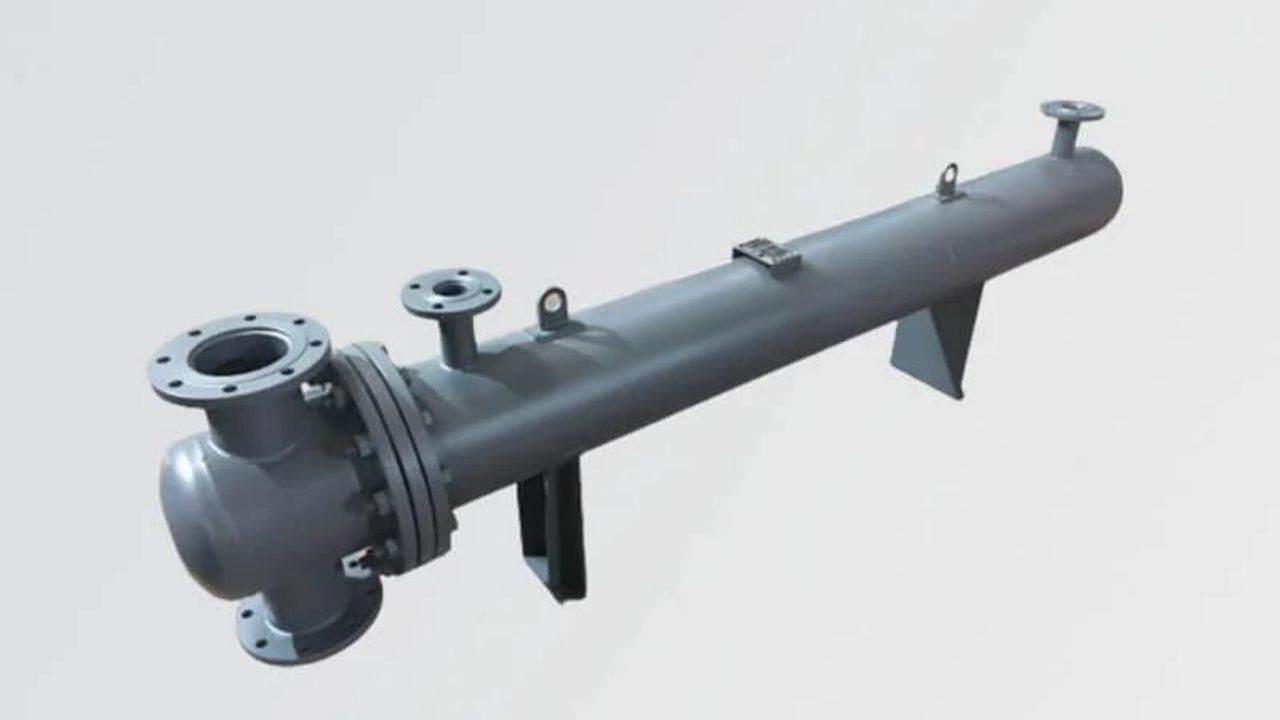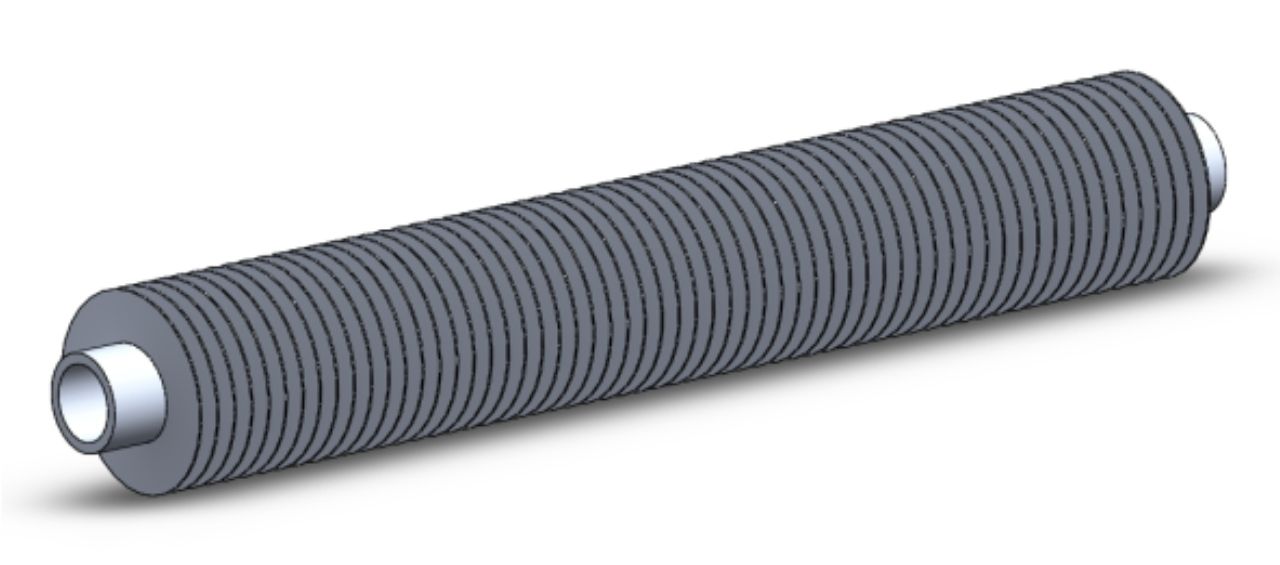Compactness in Shell And Tube Heat Exchangers
2023-11-14 02:37:23

Compact heat exchangers save weight and volume and can be designed under more flexible conditions.
In this article, we would like to clarify a term used in the classification of heat exchangers.
In simple terms, compactness is the classification of heat exchangers according to the ratio of heat transfer surface to heat transfer volume. For this classification, exchangers are also defined as a size called β surface area density.
β = Heat Transmission Surface (m2) / Heat Exchanger Volume (m3)
According to the above-mentioned formula, heat exchangers with β > 700 m2/m3 can be defined as compact heat exchangers, and those with β ≤ 700 m2/m3 can be defined as non-compact heat exchangers. For shell and tube heat exchangers, the compactness can be defined as the heat exchange surface A, the volume V, the total heat transfer coefficient K, the logarithmic temperature difference ∆tm, the magnitude β and the heat transfer rate Q as follows.
To give more detailed technical information, it is possible to establish an approximate correlation between the geometric size and compactness of shell and tube heat exchangers as shown in the figure below.
In shell and tube heat exchangers;
To interpret compactness in terms of fluid phases in exchangers, generally, heat convection coefficients in gaseous fluids are smaller than in liquid fluids. For this reason, in heat exchangers with gas on one side and liquid on the other, the surface area of the gas phase side should be increased. Increasing the surface area increases compactness as stated in the formula above. The addition of blades to the outer surfaces of the pipe as shown in the example below will increase the heat exchanger compactness.

Compact heat exchangers save weight and volume and can be designed under more flexible conditions. However, the fact that at least one of the fluids is in the gas phase, the corrosive fluids causing surface contamination cannot be used and additional power such as fan or pump is needed to overcome the load losses in the exchanger are the main disadvantages of compact exchangers.